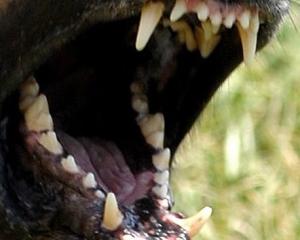Scientists studying fossils have discovered that the intimate act of sexual intercourse used by humans was pioneered by ancient armoured fishes, called placoderms, about 385 million years ago in Scotland.
In an important discovery in the evolutionary history of sexual reproduction, the scientists found that male fossils of the Microbrachius dicki, which belong to a placoderm group, developed bony L-shaped genital limbs called claspers to transfer sperm to females.
Females, for their part, developed small paired bones to lock the male organs in place for mating.
Placoderms are the earliest vertebrate ancestors of humans.
"Placoderms were once thought to be a dead-end group with no live relatives, but recent studies show that our own evolution is deeply rooted in placoderms and that many of the features we have -- such as jaws, teeth and paired limbs -- first originated with this group of fishes," said John Long, a palaeontologist at Flinders University in South Australia who led the research.
This new finding, he added, shows that "they gave us the intimate act of sexual intercourse as well".
Matt Friedman, a palaeobiologist from Britain's Oxford University who was not involved in the research, described its findings as "nothing short of remarkable" and said they suggested much more could be learned from the fossil fishes.
Long, whose study was published in the journal Nature on Sunday, discovered the ancient fishes' mating abilities when he stumbled across a single fossil bone in the collections of the University of Technology in Tallinn, Estonia, last year.
The research then involved scientists from Australia, Estonia, Britain, Sweden and China, who analysed fossil specimens from museum collections across the world.
These demonstrate the first use of internal fertilisation and copulation as a reproductive strategy known in the fossil record.
Measuring about 8 centimetres (3 inches) in length, Microbrachius lived in ancient lake habitats in Scotland, as well as parts of Estonia and China.
Long explained that "Microbrachius" means little arms, but said scientists have been baffled for centuries by what these bony paired arms were actually there for.
"We've solved this great mystery," he said. "They were there for mating, so that the male could position his claspers into the female genital area."
In one of the more bizarre findings of the study, Long said the fishes probably copulated from a sideways position with their bony jointed arms locked together -- making them look more as if they were square dancing than having sex.
"This enabled the males to manoeuvre their genital organs into the right position for mating," he said.












